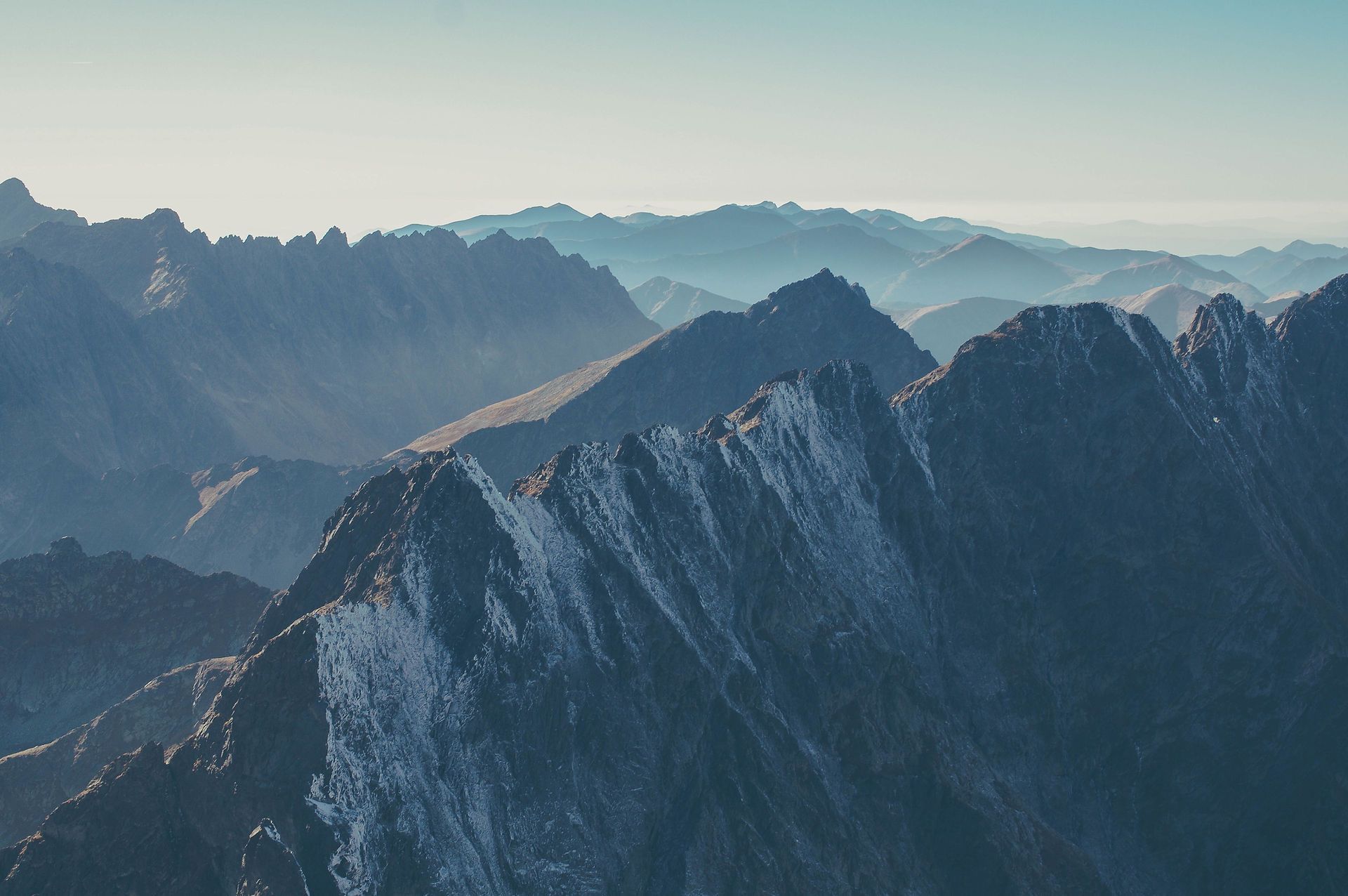

-AWARD WINNING AUTHOR-
CARA J. SWANSON
The Native American Connection
I have often received (surprised) comments about the Native American characters in my stories. I can only assume the "surprise" is because this is still rare in American fiction, and when Native American characters do appear in American fiction it is usually because a story takes place on a reservation. Yes, my stories do differ in this. Real life features a diverse group of people and so do all of my stories.
Thanks to my world-traveling dad and my Professor of Cultural Anthropology stepmom, I have been interesting in learning about world cultures from a very young age. I have also always had a keen interest in languages; I consider myself a (very) amateur linguist who has attempted to study a number of different languages, including Dine' (Navajo*) and Lakota (Sioux*) but because I have never had anyone to talk to, unfortunately I have never become fluent. Everywhere I have lived, I have sought to learn about the people whose land I was coming to, from everyone in the Pacific Northwest, central coastal California, North Dakota, Virginia, Colorado, Georgia, and more (I have lived in all regions of the U.S. except the Northeast).
*Like many modern names for Native American groups, "Navajo" and "Sioux" are misnomers. "Navajo" is a Spanish adaptation of the Tewa Pueblo word navahu'u, meaning "farm fields in the valley." Early Spanish chroniclers referred to the Navajo as Apaches de Nabajó ("Apaches who farm in the valley"), which was eventually shortened to "Navajo." The name "Sioux" was adopted in English by the 1760s from French. It is abbreviated from Nadouessioux, first attested by Jean Nicolet in 1640. The name is sometimes said to be derived from an Ojibwe exonym for the Sioux meaning "little snakes" (compare nadowe "big snakes", used for the Iroquois). Navajo peoples call themselves Dine' and Sioux actually refers to the Lakota, Dakota, and Nakota peoples, including all of their subsets.
There are a host of Native Americans in my stories, including supporting characters (Lonnie Yazzie and his grandfather in Daigu, the Mountain People in The Winter Between, all of Olivia's family members in When Demons Dance) and main characters (Olivia St. George in When Demons Dance). None of my stories take place on a reservation, as it is a myth that Native Americans exist only within the boundaries of Federally delineated reservations. I work very hard to avoid Hollywood or literary stereotypes with all of my characters, including those characters who are Native American. I am always interested in reader feedback; I do not pretend to be an expert on anyone's culture or language (including mine!) and while the characters in my stories are who they are, regardless of my personal experiences (as they spring into life full-formed), if you think I missed the mark on something I'd like to know.
If you are interested in knowing which language materials I used for the Dine' in Daigu or the Lakota in When Demons Dance, please feel free to contact me.
Lastly, I am always interested in supporting Native American businesses. Please check out the link below for the tastiest buffalo snacks you've ever had! Tanka Bars are made on Pine Ridge, SD and the name is a reference to the Lakota name for buffalo, tatanka (spelled incorrectly here without the diacritics). Pilamaya!